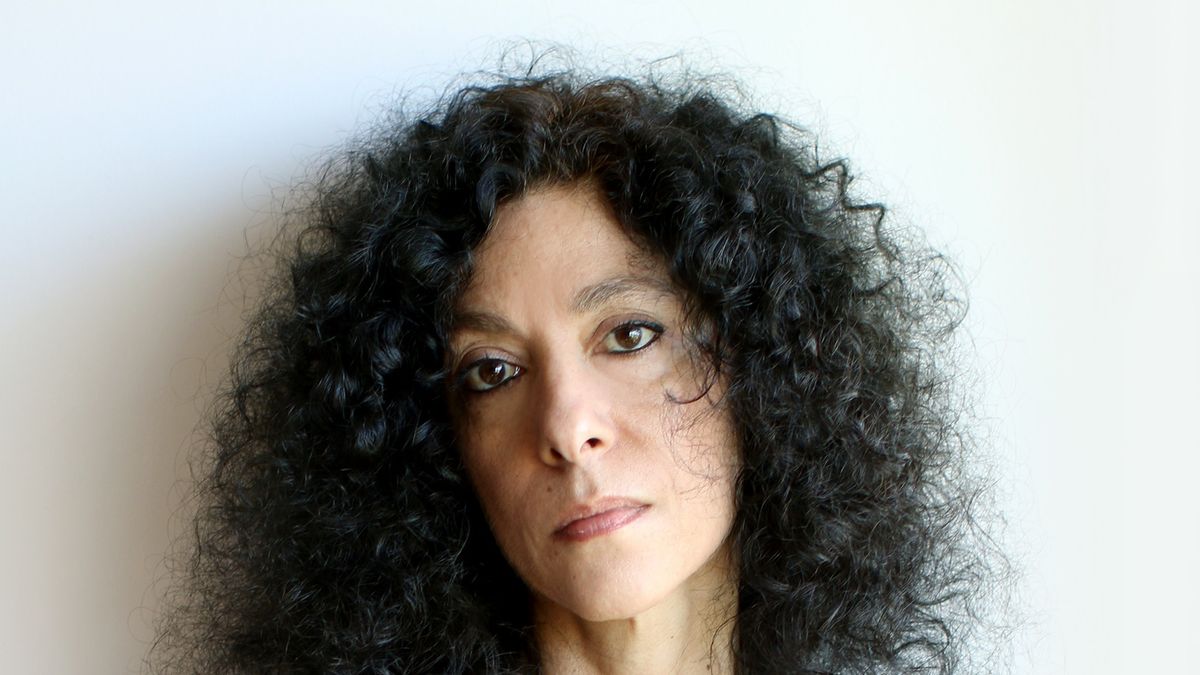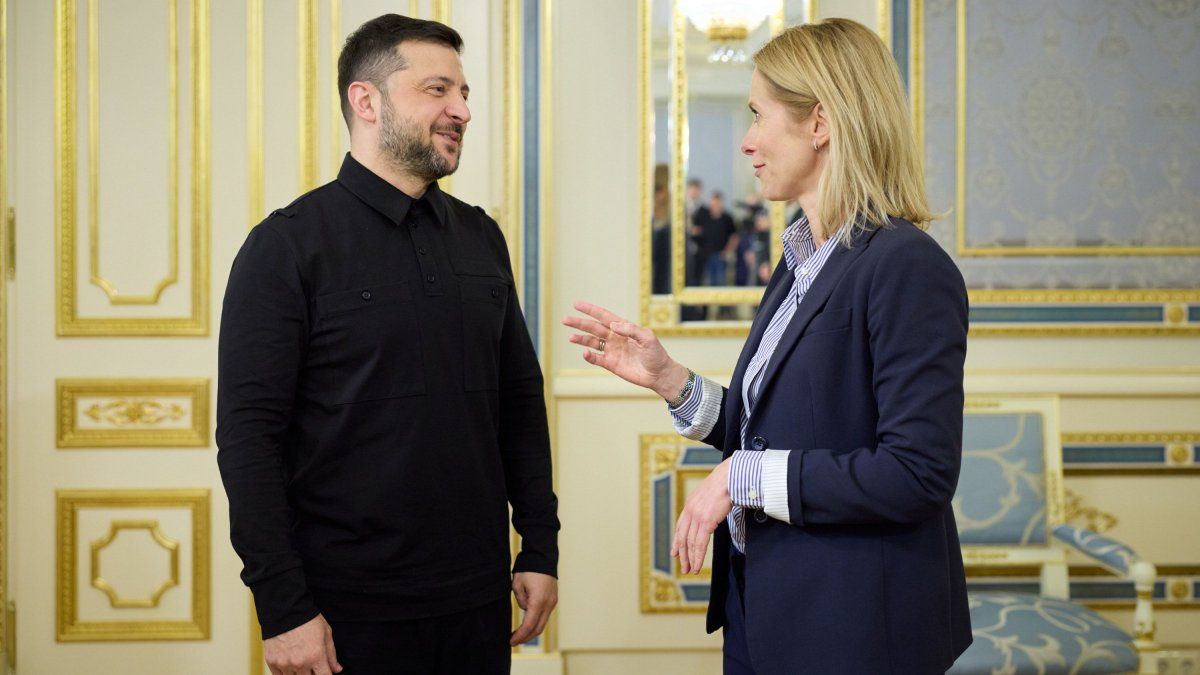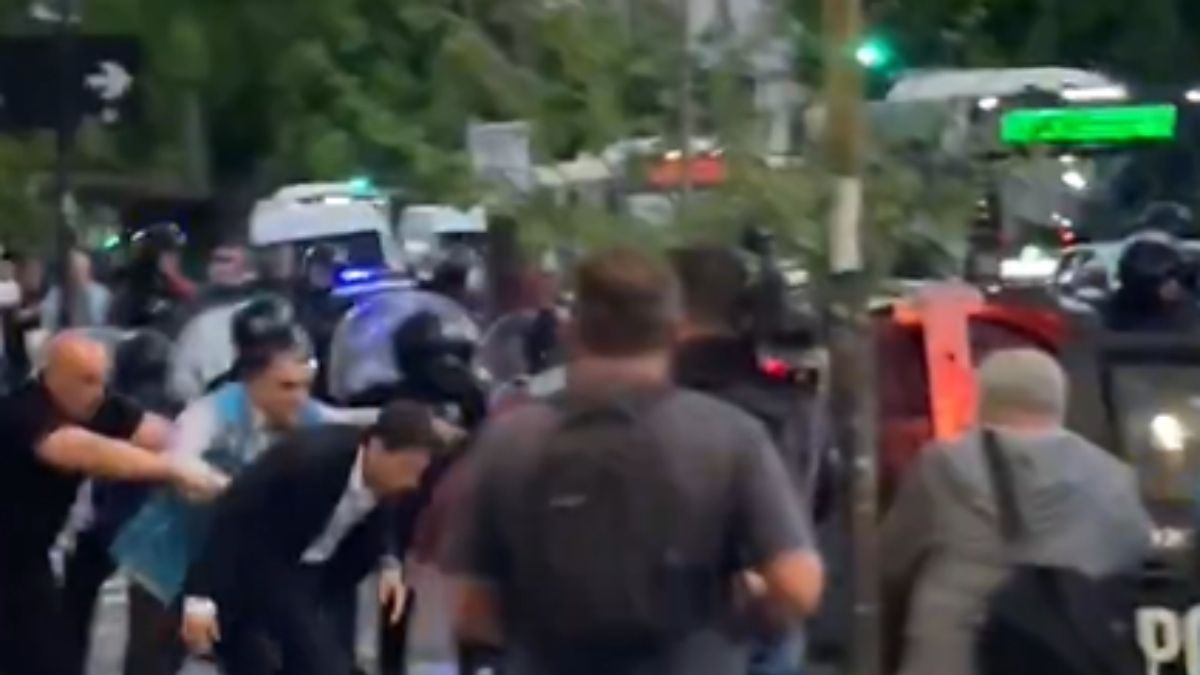Descendant of military, Silvia Labeyru in high school becomes a Montoneros militant, she is kidnapped and taken to the ESMA, and when she is released she begins to live a new hell. A detailed portrait of that woman’s life exposes Leila Guerriero in “The Call” (Anagram). warrior established and award-winning nonfiction narrator is the author of “American Plane”, “The Other War”, “The Suicides at the End of the World””, among other books. We dialogue with her.
Journalist: Did Silvia Labayru’s story lead her to make a portrait, like with Bruno Gelber and with the dancer González Alcántara?
Leila Guerriero: There is a desire in me, in all the books I wrote, to tell the person as a whole. In a story as strong as that of Silvia Labayru, the temptation was to tell the year and a half of her militancy in Montoneros, her kidnapping in the ESMA, and her departure from the country. It was easy, and biased, to tell her life story only because of everything that happened to her when she was just twenty years old, there is a lot of life afterward.
Q.: Given that much has been written on the subject, what led you to meet, investigate and write about Silvia Labayru?
LG: “The Call” is not a book about how much has been written about the 70s, but about someone with many singularities. She is one of the three plaintiffs in the first trial for crimes of sexual violence against repressors. When she was kidnapped, she was five months pregnant and gave birth at the ESMA. The military did not take her daughter, but instead gave her to her paternal grandparents, something that happened in few cases. They forced her to accompany Alfredo Astiz, who passed her off as her sister, to meetings of the Mothers of Plaza de Mayo that ended with the kidnapping of three Mothers, two nuns and seven relatives, who disappeared. That spread over her like a black cloud once she left ESMA and went to Spain. She suffered the rejection of her colleagues. I had no idea that was happening, I found out while researching the book. There were all these singularities. And when I met her I started meeting others.
Q: For example?
LG: When he left the country, he left a relationship here, which was very important, with a classmate from the National School of Buenos Aires, who is his current partner. From exile she sent him letters of help, which never reached him because her parents destroyed them so that her son would not come into contact with a dangerous person again. A story between horror and Shakespeare, a Romeo and Juliet with a happy ending.
Q.: How did you manage to keep your distance from both Silvia Labayru and those you interviewed to confront what she told you?
LG: You can’t tell a story if you’re too concerned with what happens to you with that story. You cannot be complicit or commiserate, there has to be a distance that does not imply coldness but trust, that clarifies: this is an interview and we are not friends. It is a disparate relationship, as in psychoanalysis. The testimonies of others serve to contrast and shed light on what the interviewee does not say because the worst sin of a journalist is to be candid. These satellite testimonies, some very central, illuminate hers, sometimes in a very uncomfortable way, sometimes they affirm her statements, judge her or do not agree. An intelligent woman like Labayru is usually surrounded by intelligent friends; Those I spoke with were frank and spoke freely, without hindrance. That too at her request.
Q.: Does Silvia Labayru save her life because she is the daughter of soldiers, because of “the call” to her father or because of her beauty?
LG: That is incontestable. It seems to me that part of the perversion of the repressors is the decision to kill this one and free this one. She is too pretty to kill. There is no explanation. Thousands of people passed through the ESMA and two hundred survived. The arbitrariness of why it was, is a dark well of the soul for survivors. It is a conjunction of many things and whims. With Silvia Labayru it could have been her beauty, being a well-traveled girl who speaks languages, who is the daughter and relative of soldiers, and perhaps that call that Tigre Acosta makes from the ESMA to his father and his father believes that he calls him a Montonero and He shouts threats and insults, which baffles Tigre Acosta. There are many possibilities, among them a capricious, arbitrary, insane one: did you think those people were going to stay silent?
Q: How did you put together a book that is both documented and fictional?
LG: Before starting to write I reread all the material. In this case it took me two weeks. Thousands of pages of transcripts, notes in books, the ESMA judicial case, the statements before CONADEP, the trial for crimes of sexual violations carried out by the repressors. And I don’t start writing until I have the first sentence, how it starts, it’s my lighthouse in the storm. From there I start finding the tone, the tone, the texture, the music of the book. And I am attentive to the plot tension. It was clear to him that the time he spent at ESMA had to be narrated in great detail, but also how his life had continued after that. There are issues that refer to a certain addiction to adrenaline that her militancy in the Intelligence sector of Montoneros left in her and the shadow that covers her from her time at ESMA. Silvia Labayru’s life is full of shocking things, of tensions, and I had to make those tensions run through the entire book, making the reader wonder, over and over again, what now. Summon the doubt of what else is going to happen to him now. The other day they told me that “The Call” had the rhythm of a thriller, I don’t agree, but oh well; For me it is a portrait.
Source: Ambito
I am an author and journalist who has worked in the entertainment industry for over a decade. I currently work as a news editor at a major news website, and my focus is on covering the latest trends in entertainment. I also write occasional pieces for other outlets, and have authored two books about the entertainment industry.




